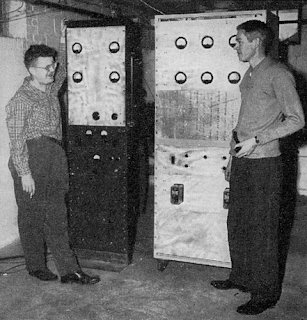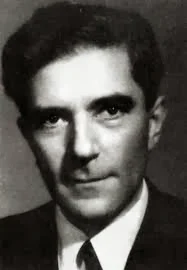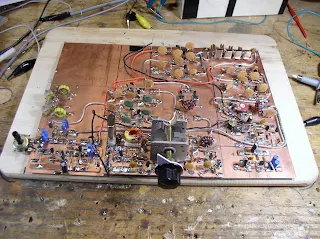Pete Juliano, N6QW, is an electronic genius. The ideas in his SPRAT article will be of great use to all those who share in Doug DeMaw's devotion to VXOs and reluctance to spend money. I'm really tempted to go back and re-do my BITX using Pete's 11.52 MHz computer crystal super-VXO and 4.9152 IF (I could then take my expensive 23.1 MHz crystals and put them back in my Doug DeMaw Barebones Superhet). I also like Pete's DPDT reed relay crystal switcher too. Three cheers for Pete Juliano, Doug DeMaw, and SPRAT! And thanks to WB9FLW for reminding us of Pete's articles.
Hi Bill,
Your BITX17 really has me fired up! I came across an interested Super VXO
by Pete N6QW for use on 17 Meters.
He uses standard computer xtals (4.9152 MHz for the IF) and (3 - 11.520
MHz freq doubled in the VXO)
This gets you on 18.120 to 18.150 using these two standard
xtals.
See Link Below:
http://www.jessystems.com/Images/23%20MHz%20VXO.jpg
Thanks for all your efforts they are much appreciated!!
Best Wishes,
Pete WB9FLWOur book: "SolderSmoke -- Global Adventures in Wireless Electronics" http://soldersmoke.com/book.htm Our coffee mugs, T-Shirts, bumper stickers: http://www.cafepress.com/SolderSmoke Our Book Store: http://astore.amazon.com/contracross-20



























































